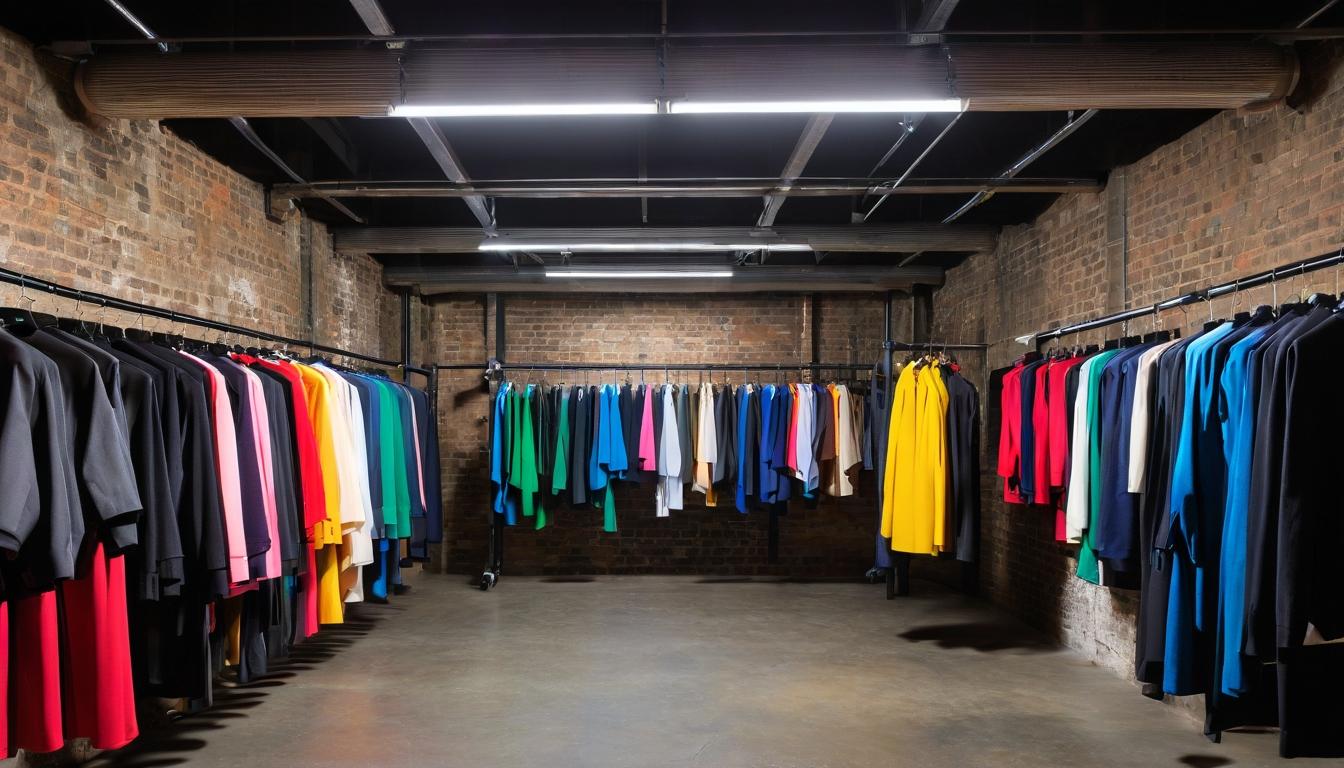In the dimly lit basements of Berlin and the converted warehouses of Detroit, a sonic revolution is brewing that fashion's elite haven't yet noticed. While mainstream media chases celebrity collaborations and runway shows, the real style shifts are happening where basslines shake concrete floors and synthesizers warp reality. This isn't just music—it's the heartbeat of a subculture that's about to redefine what we wear.
Deep techno and experimental electronic scenes have become the unexpected laboratories for fashion innovation. DJs and producers, once content with black t-shirts and anonymous aesthetics, are now collaborating with emerging designers to create garments that respond to sound, change color with BPM, and incorporate biometric sensors that sync with the music. These aren't gimmicks—they're the early prototypes of clothing that lives and breathes with its wearer.
The connection runs deeper than surface-level inspiration. Clothing manufacturers in Portugal and Italy are quietly working with sound engineers to develop fabrics that can store and play back audio, while tech startups in Seoul are creating thread-thin speakers that can be woven directly into garments. The result? Jackets that remember the set where you heard your favorite track, dresses that change texture with the mood of the music, and accessories that become instruments themselves.
What makes this movement particularly compelling is its complete disregard for traditional fashion calendars and seasons. These creations emerge organically from nightlife, tested in real-time on dancefloors where feedback is immediate and brutally honest. If a garment doesn't move right, doesn't feel right under strobe lights, or can't withstand the heat of a packed club—it's discarded. This Darwinian approach to design produces clothing that's not just fashionable, but fundamentally functional.
Social media algorithms have failed to capture this phenomenon because it thrives in physical spaces first. The most influential outfits aren't photographed for Instagram—they're experienced in the haze of 4 AM, remembered through the filter of sensory overload. Participants speak of clothing in terms of how it felt to dance in, how it responded to sweat and movement, how it became part of the musical experience rather than just a visual complement.
Financial analysts might miss the economic impact, but underground designers are building sustainable businesses through direct-to-consumer models that bypass traditional retail. Limited runs of sound-reactive pieces sell out within hours to dedicated communities who understand the references. These aren't customers—they're collaborators and participants in an ongoing experiment.
The cultural implications are profound. As mainstream fashion struggles with sustainability issues and production excess, these micro-scenes demonstrate how clothing can be deeply personal, technologically advanced, and environmentally conscious simultaneously. Garments are repaired, modified, and traded within communities, creating circular economies that corporate sustainability officers can only dream of implementing.
What happens in these underground scenes never stays underground for long. The technical innovations and philosophical approaches to clothing are already trickling up to mainstream brands. We're seeing echoes in collections from established houses who send researchers to document these scenes, though they often miss the essence in their translation to mass production.
The most exciting development might be how these communities are reclaiming clothing as a form of personal expression rather than social signaling. In spaces where everyone is facing the DJ rather than each other, clothing becomes about personal experience rather than external validation. This shift could represent the most significant change in how we relate to fashion since the rise of streetwear.
As the lines between digital and physical continue to blur, these sound-inspired fashion movements offer a blueprint for how clothing might evolve. They're not just creating new styles—they're reimagining what clothing can be in an increasingly technological world. The next time you're in a club and feel the bass in your bones, look around. The future of fashion is dancing right beside you.
The underground sound shaping tomorrow's streetwear

